Maharashtra: Aggressive casteism
– Megha Chowdhury (Mumbai)
The founding fathers of the Constitution of India were perhaps the most learned and compassionate intellectuals the country has had before and since. Well aware and perhaps ashamed of the rigid inequities of the sub-continent’s varna caste system which foreclosed upward social mobility of the lowest castes condemned to a lifetime of menial, degrading manual labour, they enacted Articles 14 and 15 into the Constitution.

Manoj Jarange protest in Mumbai: sustained pressure
Article 14 prohibits the State from denying any person equality before the law and equal protection of the law within the territory of India.
Article 15 is more specific. It prohibits the State (Central, state and local governments, public sector enterprises) from preventing citizens from accessing public spaces and institutions maintained wholly or partially out of public funds, including public (government) schools and higher education institutions. However under a proviso, it permits the State to exercise positive discrimination for the advancement of socially and educationally backward classes of citizens and for scheduled castes and tribes by reserving concessionary quotas for them in public higher education institutions (HEIs). Under these constitutional directives and provisions, right from 1950 when the Constitution was approved by Parliament, 15 percent of capacity in public HEIs has been reserved for historically oppressed scheduled castes and 7.5 percent for scheduled tribes.
In the mid-1980s after the Mandal Commission discovered that socially and educationally backward castes (aka OBCs) constituted over 70 percent of the population, a new 27 percent quota was approved by the Supreme Court for OBCs with the caveat that reservations in HEIs should not exceed 49.5 percent, i.e, 50 percent of admissions should be on merit (toppers of entrance exams).
But this cap on non-merit (with lower cut-offs in entrance exams) students admitted in public HEIs has been practiced more in the breach than observance by populist Central and state governments. For instance, in Tamil Nadu 69 percent of capacity in HEIs has been reserved for SC, ST and OBC school-leavers for several decades. This has resulted in the curious phenomenon of numerous castes, tribes and EWS (economically weaker section) groups clamouring to be officially classified as backward, especially since Article 16, which prohibits discrimination in public employment, also has a proviso permitting positive discrimination for employment in government and public sector enterprises.
With post-independence India’s record of low annual GDP growth resulting in inadequate investment in education and industry, clamour for reservations in HEIs and in government employment has grown more insistent with the passage of time with even dominant castes and groups agitating to be classified as SC, ST and/or OBC.
In Maharashtra, through August and September, Maratha caste leader Manoj R. Jarange staged agitations statewide and in Mumbai demanding OBC status for Marathas, severely disrupting business and commerce in the country’s commercial capital.
Caving into sustained pressure, on September 2, the BJP-Shiv Sena state government issued a government resolution (GR) enabling Marathas who can prove Kunbi (a scheduled tribe) origins to avail OBC status. This concession to the Maratha caste/community which claims the famous Chattrapati Shivaji Maharaj as an ancestor and is a powerful and politically mobilised land-owning caste especially in fertile Western Maharashtra where its leaders control influential sugar cooperatives, has aroused widespread indignation statewide.
The GR, which allows Marathas who can prove Kunbi lineage to be included in the existing 19 percent OBC quota, will pit them against other OBCs. Critics estimate that Marathas are likely to corner 10 percent of OBC benefits and the total reserved quota for SCs, STs and OBCs in HEIs will rise to 72 percent leaving only 28 percent of capacity open for meritorious entrance exam toppers.
For instance, Maharashtra’s medical colleges offer 12,000 undergraduate medical seats annually. If 72 percent are reserved for SC, ST and OBC students, only 3,360 will be available for merit students resulting in sky-high admission cut-offs. Unsurprisingly, the GR has provoked immediate political and social backlash. OBC leaders, opposition politicians and education activists have described the GR a “merit-killer,” contending that it privileges caste calculations over academic excellence and risks dilution of quotas intended for historically disadvantaged groups.
Comments Rajeev Nivatkar, Commissioner of Medical Education: “If Maharashtra is to reconcile social justice with academic standards, the government must increase investment in capacity building, and reserve seats on need-based or economic criteria rather than caste, while strengthening transparent verification to prevent fraudulent caste claims. Without these steps, administrative shortcuts and political calculations will decide access to professional education more than merit or academic planning.”
Slowly but surely positive discrimination quotas allocated to historically oppressed and disadvantaged castes is being hijacked by aggressive dominant castes and rising middle class.






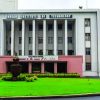
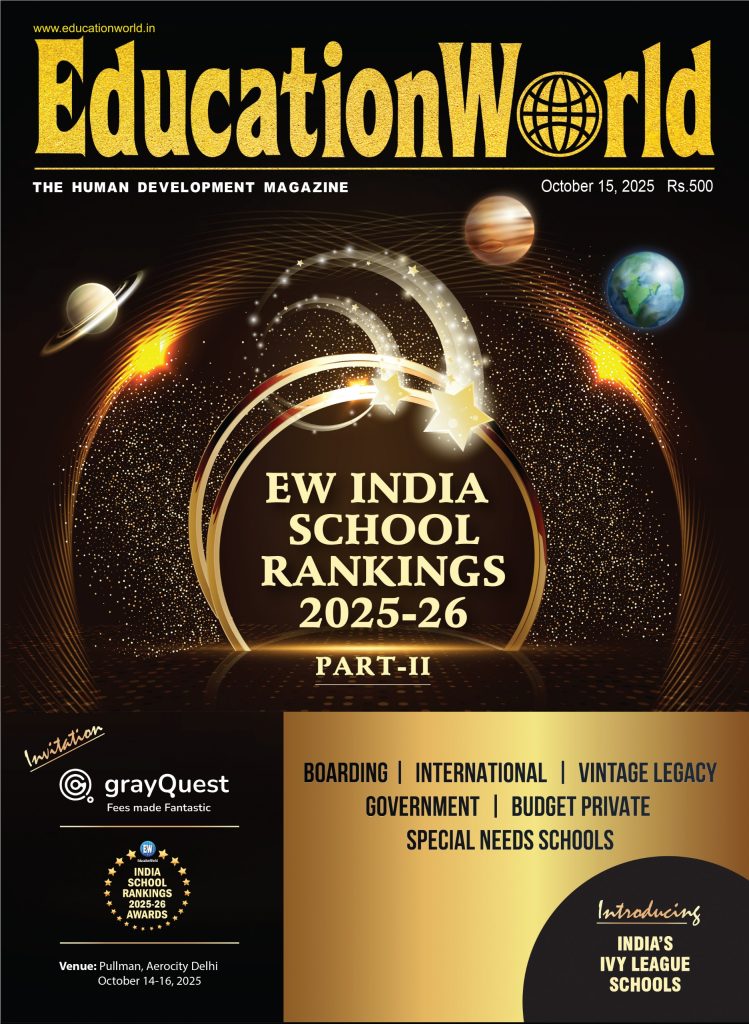
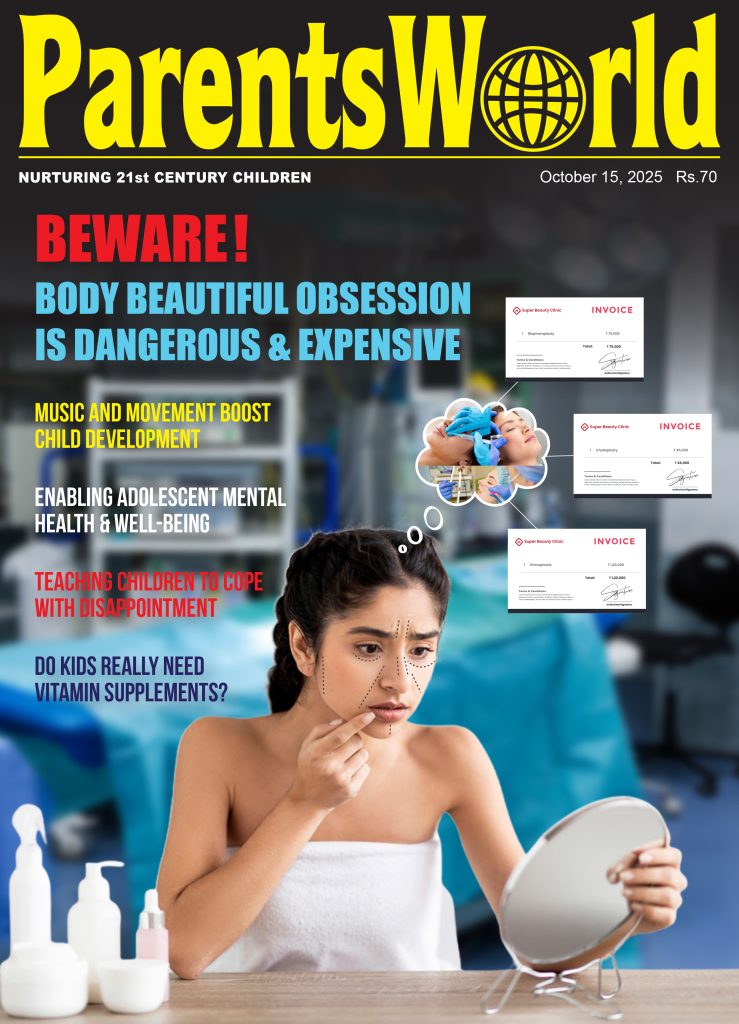
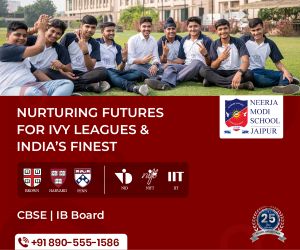

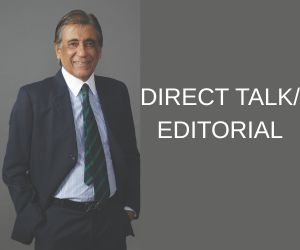
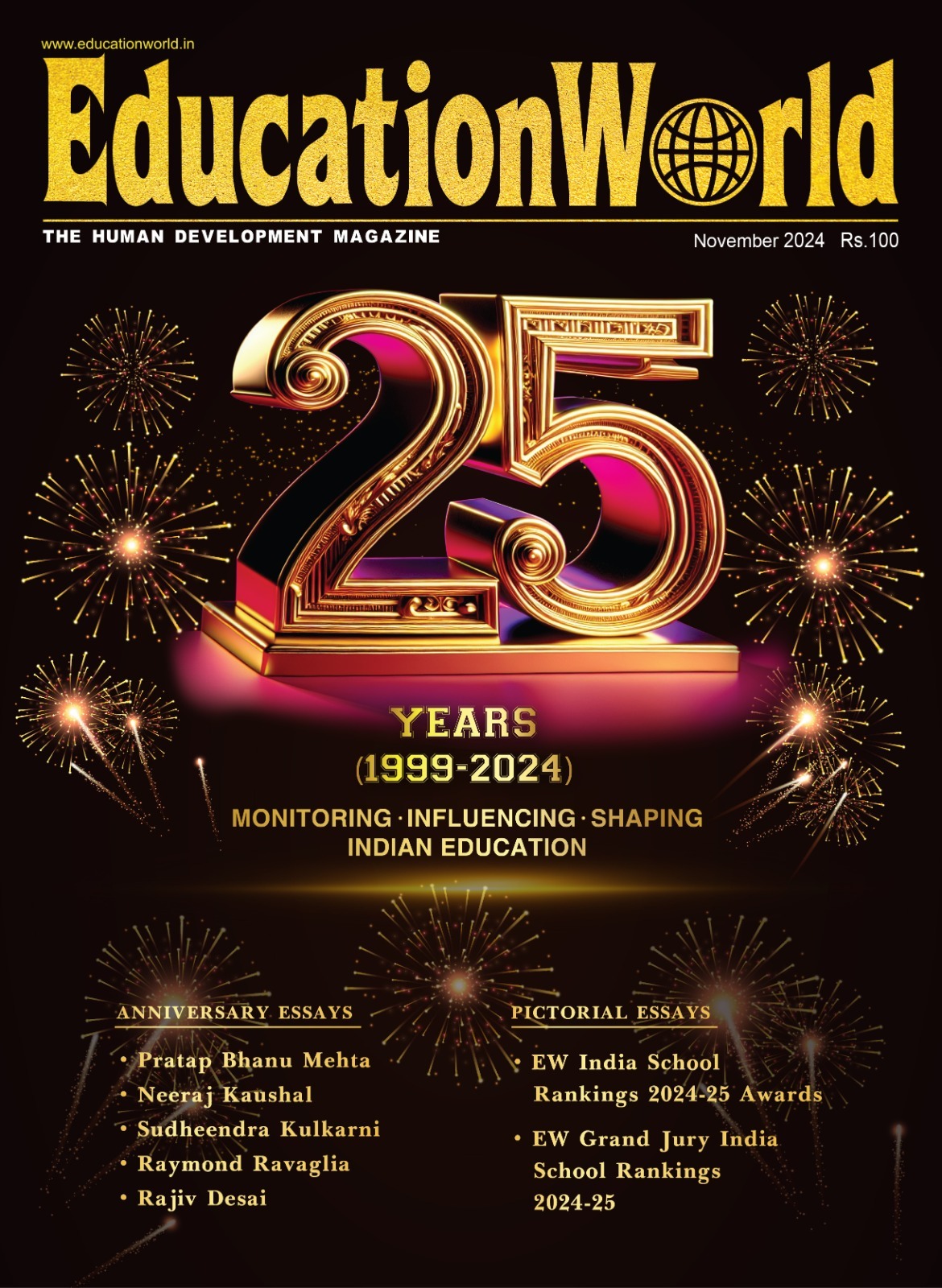



Add comment